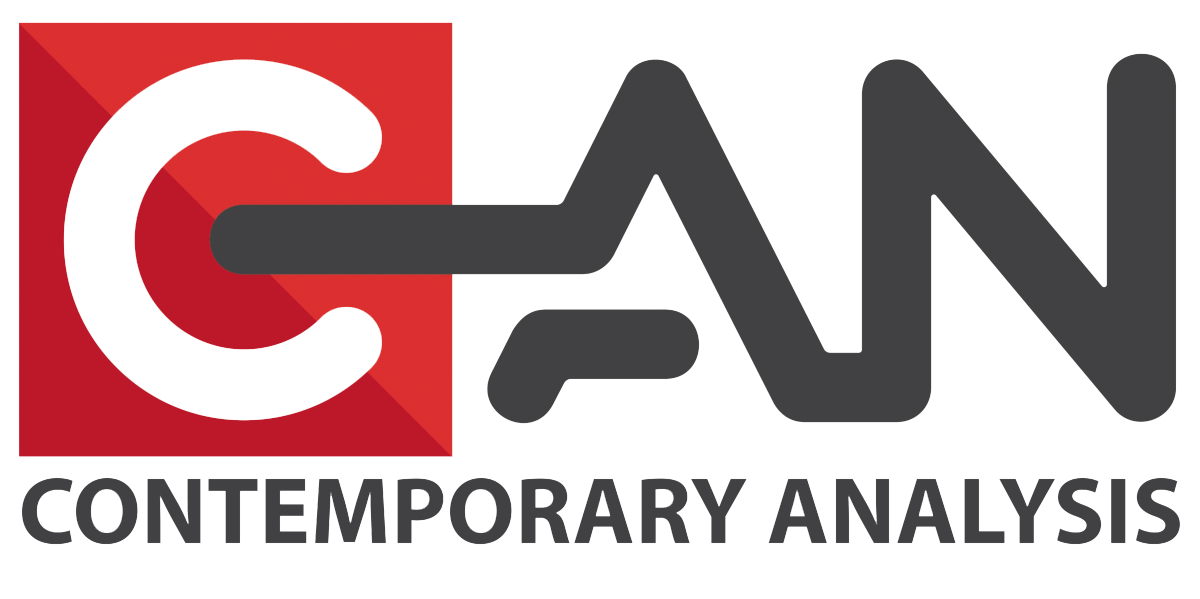Traditional business intelligence leaves executives with the same amount of work, but...
News
read more
8 isn't enough. Why you need a better sales system.
How many products can the average salesperson keep in their head while they are making...
On Entrepreneurship, Risk and Uncertainty
Entrepreneurs live with risk and uncertainty. They don't have a choice. The future is up...
Why Customer Segmentation Analysis is Essential
Customer segmentation analysis is essential. No company has just one type of customer....
The Friendship Paradox
About 20 years ago, a sociologist named Scott Feld discovered an interesting phenomenon...
Net New Sales: Sell More by Selling Less
"Selling more by selling less", is a phrase that most salespeople write off. They...
When should you Update Predictive Models?
New clients often have questions about why and how frequently CAN needs to update their...
Dear Community Banks: This is Why Your Customers are Leaving
I recently had to make a deposit and fix a small issue with my bank account. I think my...
How to Increase Customer Lifetime Value
While many business make substantial investments to improve customer acquisition, they...
